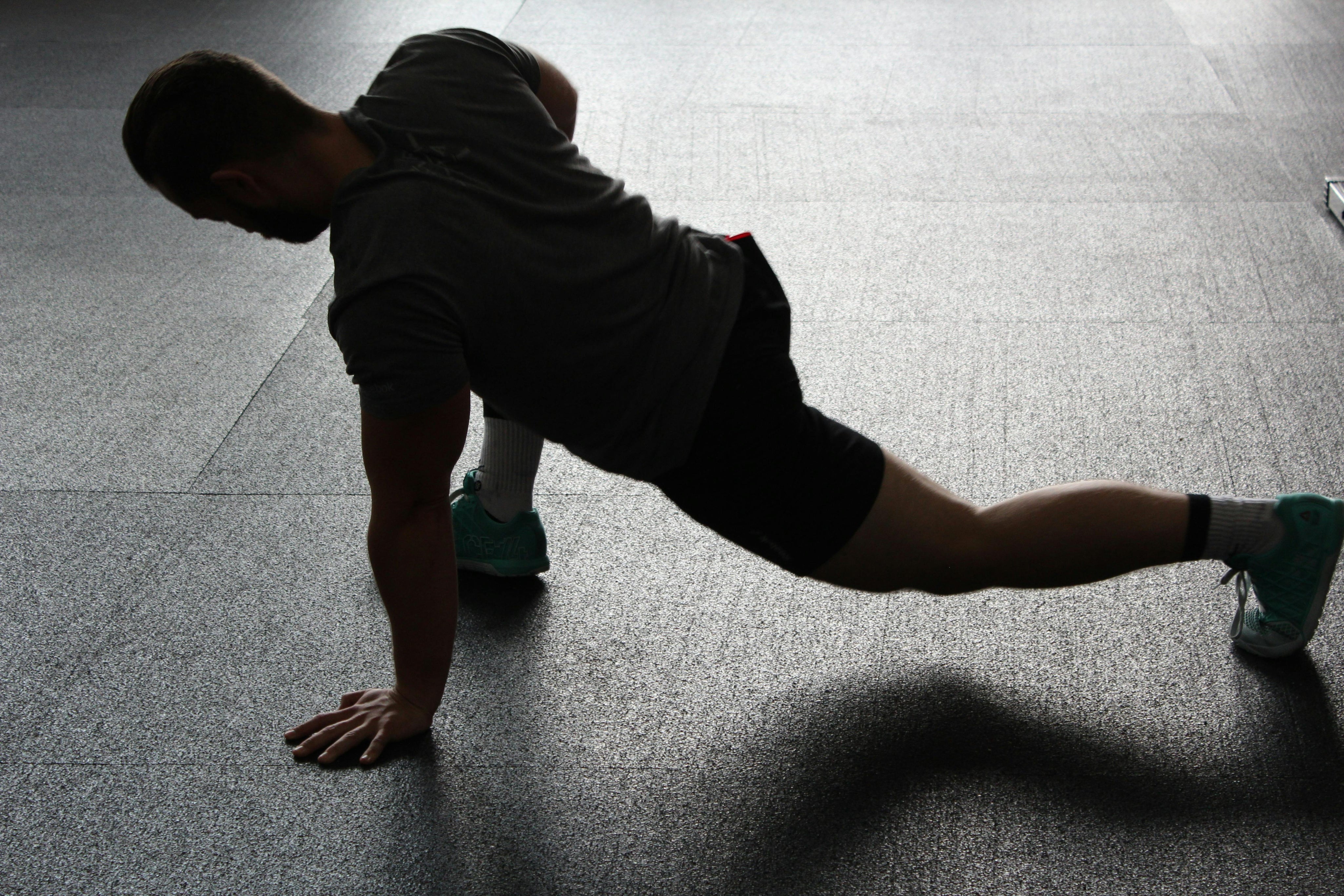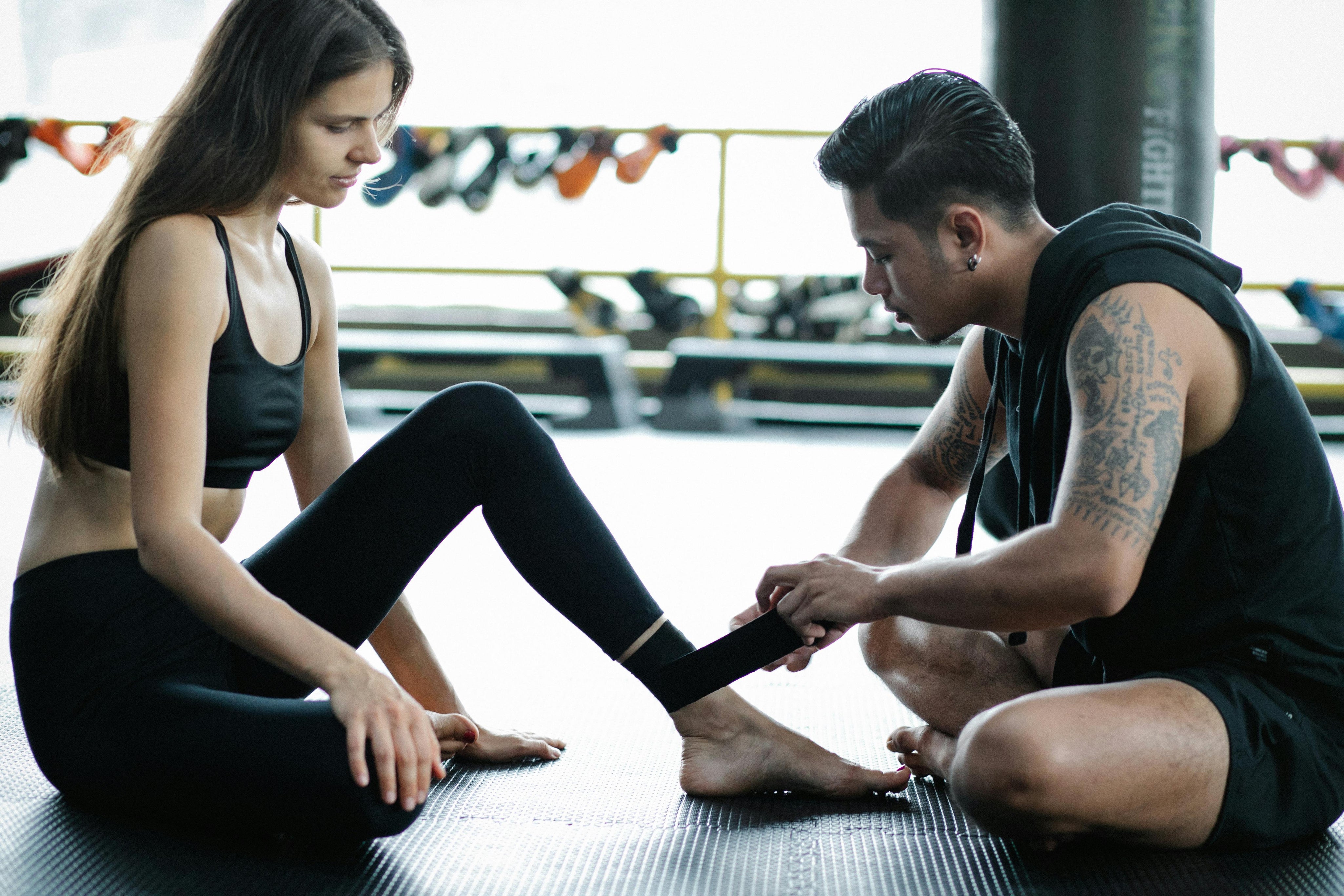Dynamic vs. Static Stretching: What You Need to Know

Dynamic vs. Static Stretching: What You Need to Know
Why Stretching is Important for Athletes
Stretching is a cornerstone of any fitness or sports routine. It not only prepares your body for physical activity but also aids in recovery afterward. Understanding the difference between dynamic and static stretching can help you improve flexibility, prevent injuries, and optimize performance.
Dynamic Stretching: Preparing Your Body for Action
Benefits of Dynamic Stretching
- Increases blood flow and warms up your muscles.
- Enhances flexibility and joint mobility.
- Activates key muscle groups for better performance.
- Reduces the risk of pulling or straining muscles during workouts or sports.
Examples of Dynamic Stretching Exercises
- Leg Swings - Loosen up your hip flexors.
- Walking Lunges - Engage your quads and glutes.
- Arm Circles - Loosen your shoulders.
- High Knees - Activate your core and legs.
When to Use Dynamic Stretching
Dynamic stretching is best used before physical activity, such as running, weightlifting, or playing sports. It’s an essential part of any pre-workout stretching routine to reduce the risk of injuries and boost athletic performance.
Static Stretching: Cooling Down and Enhancing Flexibility
Benefits of Static Stretching
- Promotes muscle recovery and reduces soreness.
- Increases overall flexibility and range of motion over time.
- Calms your nervous system and lowers heart rate.
Examples of Static Stretching Exercises
- Hamstring Stretch - Improve flexibility and reduce soreness.
- Quad Stretch - Enhance leg muscle recovery.
- Shoulder Stretch - Relieve tension in the shoulders.
- Child’s Pose - A yoga pose to relax and stretch muscles.
When to Use Static Stretching
Static stretching is ideal for post-workout recovery stretches and maintaining flexibility on rest days. It complements warm-up exercises for athletes and enhances cool-down techniques.
Dynamic vs. Static Stretching: Which One is Better?
Both dynamic and static stretching are essential for athletes. Use dynamic stretches during warm-ups to prevent injuries and static stretches after workouts for recovery and flexibility improvement.
Stretching Tips for Better Athletic Performance
Incorporating a balanced stretching routine improves flexibility, prevents injuries, and supports sustainable athletic performance. For the best results, combine pre-workout stretching tips with effective post-workout recovery strategies.
Maximize Recovery with TRONUS
At TRONUS, we’re committed to helping athletes reduce soreness, stay injury-free, and boost their recovery. Our cushioned recovery slides and expert tips help athletes improve flexibility and performance.
For more resources, explore our Recovery Resources. Stay flexible, stay strong, and dominate your game with TRONUS!






